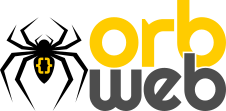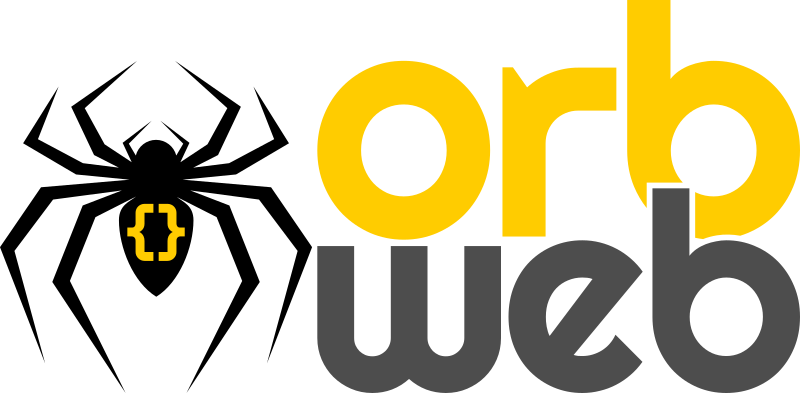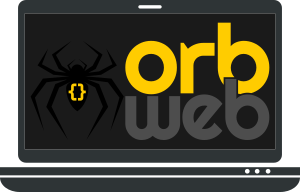
Enabling multiple authors or editors for websites can be highly beneficial for companies and organisations. Here’s an outline of how this feature can be useful.
Collaborative Content Creation
Efficient Content Production: Multiple authors can collaborate on creating and updating content simultaneously, speeding up the content production process.
Subject Matter Expertise: Different team members with diverse expertise can contribute content related to their areas of knowledge, ensuring a well-rounded website.
Content Quality and Accuracy
Content Review and Editing: Having multiple editors allows for thorough review and editing, reducing the chances of errors or inaccuracies in published content.
Quality Control: Editors can ensure that content aligns with the company’s brand, style guidelines, and messaging, maintaining a consistent and professional image.
Timely Updates
Real-time Updates: Multiple editors can make immediate updates, ensuring that time-sensitive information is always current on the website.
Emergency Responses: In cases of urgent updates or crisis management, having multiple editors can be crucial in responding quickly.
Employee Engagement
Empowering Team Members: Allowing team members to contribute to the website fosters a sense of ownership and engagement, enhancing employee morale.
Recognising Expertise: Recognising and showcasing individual team members’ expertise can boost their professional profiles and benefit the organisation’s reputation.
Content Variety
Diverse Perspectives: Different authors can provide diverse perspectives and styles, making the content more engaging and appealing to a broader audience.
Varied Content Types: Various authors can create different types of content, such as articles, case studies, and infographics, catering to different audience preferences.
Scaleability
Easy Scaleability: As the organisation grows, it’s easy to add more authors or editors to manage the increasing content demands.
Workflow Management
Streamlined Workflow: Implementing a workflow system can assign specific roles to authors, editors, and approvers, streamlining the content creation process.
Version Control: Multiple editors ensure proper version control, helping to avoid conflicts and accidental overwrites.
Delegation and Responsibility
Delegating Responsibilities: Different departments or teams can have dedicated editors, responsible for managing and updating content relevant to their areas.
Accountability: Clearly defined roles and responsibilities can enhance accountability in content management.
Redundancy and Backup
Content Continuity: In case of editor unavailability, having multiple editors ensures that content management doesn’t halt.
Backup Editors: Organisations can assign backup editors to cover for vacations, sick leaves, or unexpected absences.
Training and Knowledge Sharing
Onboarding New Editors: Existing editors can mentor and train new ones, facilitating knowledge sharing and continuity in content management.
By enabling multiple authors or editors for websites, companies and organisations can harness the collective expertise of their team members, maintain content quality, and ensure that their websites remain up-to-date, engaging, and responsive to their audience’s needs.
Controlling Different Roles
WordPress provides a robust system for controlling different users’ roles and capabilities on a website. Each role comes with a set of predefined permissions, which can be useful for managing access and responsibilities. Here’s an overview of how different WordPress user roles, such as Author, Editor, and Shop Manager, can be controlled:
Super Admin (for Multisite installations)
- Controls the entire network of WordPress sites in a Multisite setup.
- Can create and manage network-wide settings, themes, and plugins.
- Manages user access across all sites within the network.
Administrator
- Has full control over the WordPress site.
- Can create, edit, and delete content, as well as manage users, themes, plugins, and settings.
- Has the highest level of access and control.
Editor
- Manages and publishes content created by themselves and other users.
- Can edit, delete, and publish posts, pages, and custom post types.
- Does not have access to site settings or plugins but can moderate comments.
Author
- Can create and manage their own posts and custom post types.
- Can edit, delete, and publish their own content but not content created by others.
- No access to site settings or plugins.
Contributor
- Can create and manage their own posts but cannot publish them. Instead, they can submit them for review.
- Cannot edit or delete posts created by others.
- Limited access to site settings and plugins.
Subscriber
- Has minimal permissions and can only manage their profile and comment on posts.
- Cannot create or edit content, access site settings, or install plugins.
Shop Manager (WooCommerce-specific)
- Manages the online store’s products, orders, and customer information.
- Has access to WooCommerce settings, product listings, and order management but not the entire site.
Controlling User Roles
User Management: Administrators can add new users, assign them roles, and manage existing users from the WordPress dashboard.
Role-Based Plugins: There are plugins available that allow for more granular control over user capabilities and roles, such as “Members” and “User Role Editor.”
Custom User Roles: For more complex websites, you can create custom user roles with specific capabilities to match your site’s requirements.
Access Control: By setting permissions for each role, you can control what actions users with different roles can perform, such as editing, publishing, or managing specific content.
Content Moderation: Editors and administrators can review and moderate content created by authors and contributors before it’s published.
Plugin and Theme Access: You can control which users have access to specific plugins and themes, helping to maintain site security and stability.
By controlling user roles effectively, you can ensure that your WordPress site’s content and functionalities are managed by the right individuals with the appropriate level of access and responsibility, whether it’s a blog with authors and editors or an e-commerce site with shop managers.








Leave a Reply